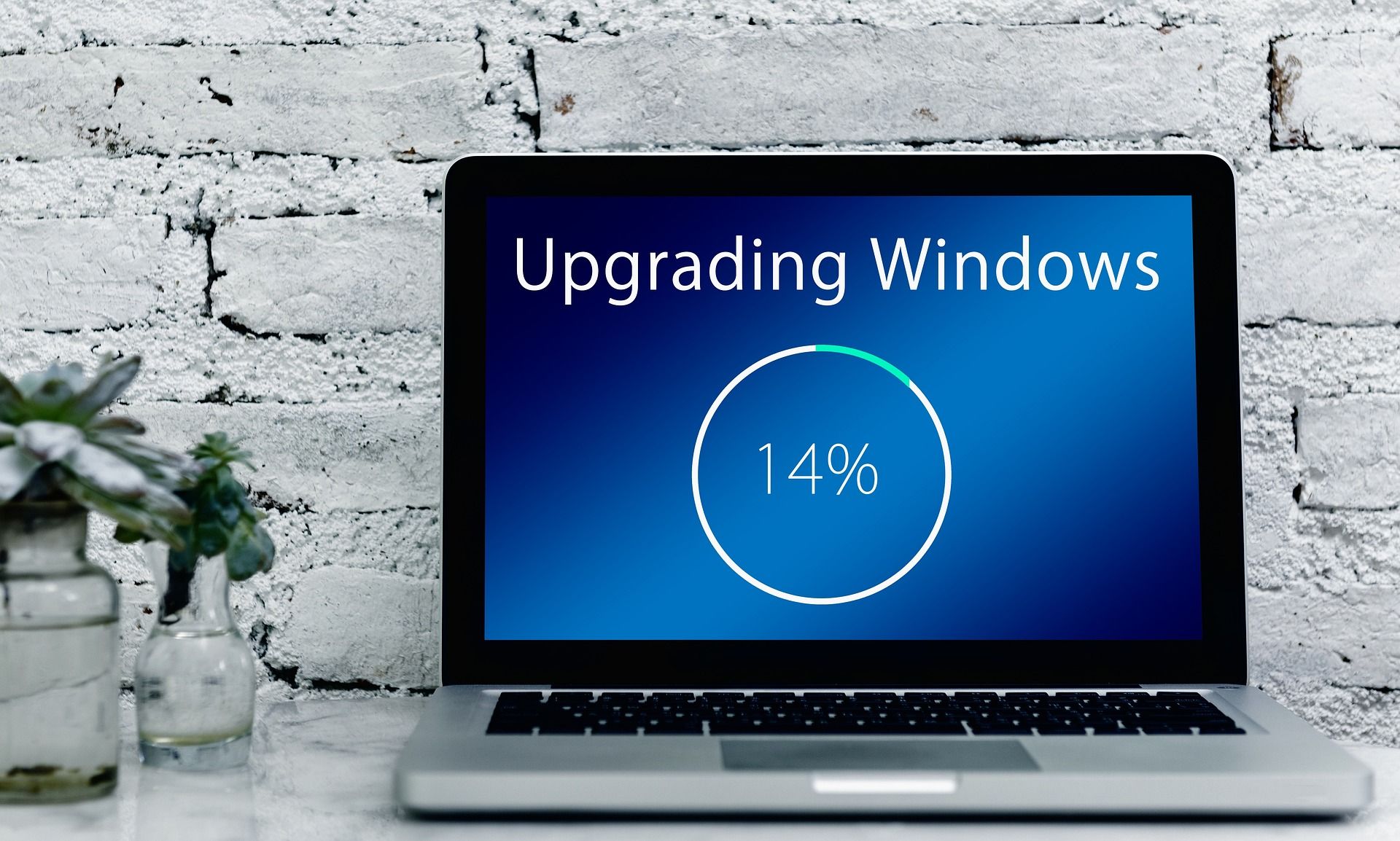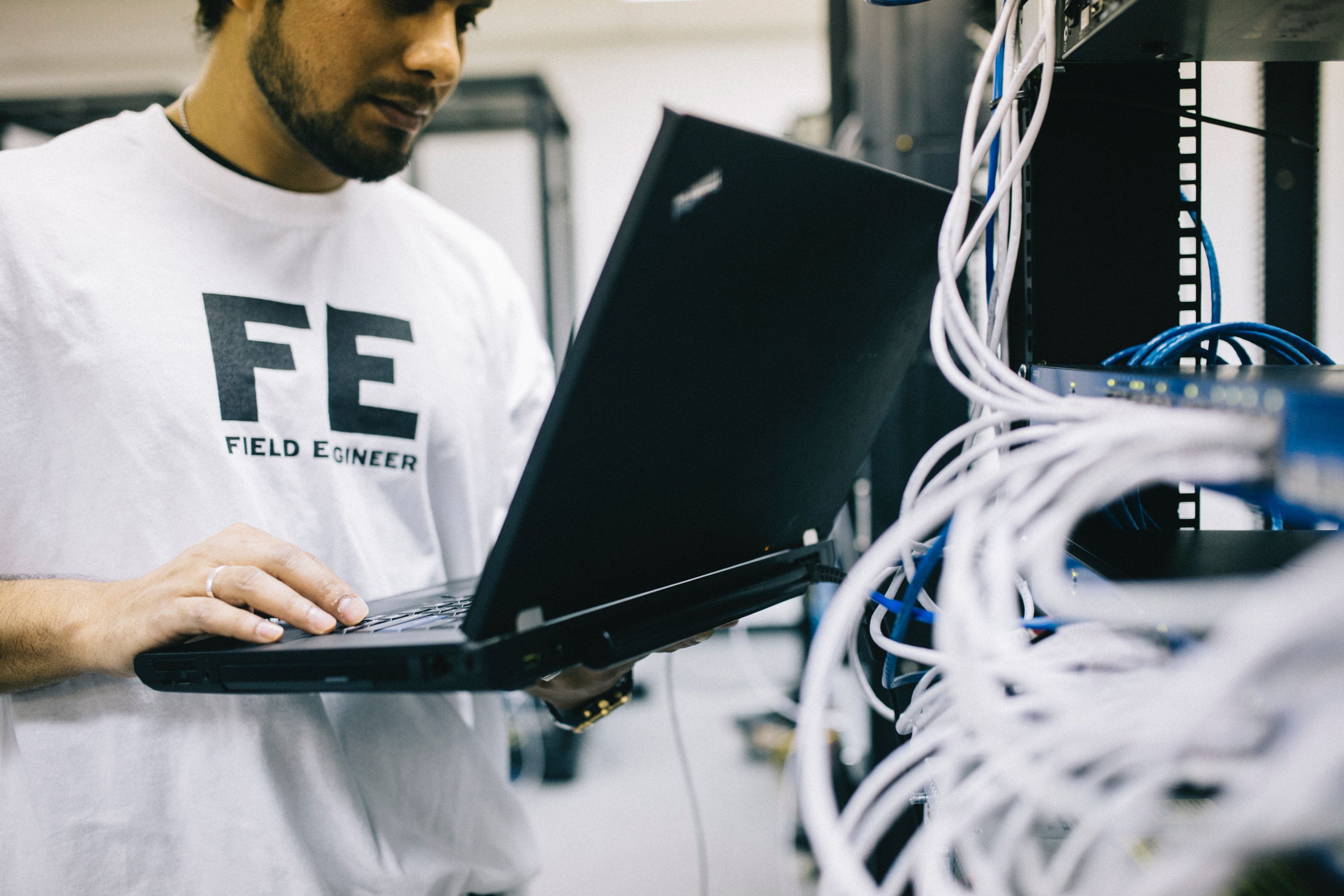Linux distributions pride themselves on being extremely efficient, flexible, and user-friendly. Given these qualities, different Linux distros continue to please users with their tailor-made applications, user-friendliness, and customizations, making them an instant hit with the masses.
The younger population loves using Linux in its different shapes and forms; the older generation is just a little behind, as they are also beginning to use these multi-faceted distributions. What are some of the features that make Linux distros stand out for the older generation?
Whatever the case, you can learn more about how Linux distributions are becoming the next big deal for older people.
1. Stability
Stability continues to be one of the most sought-after features in an OS. There is a reason why people prefer OSes like Windows and macOS. Despite its widespread availability, Linux continues to rule the hearts of security-oriented people.
Any Linux distribution focuses mainly on providing stability and security to the end users. You will hardly find damaging elements like malware, trojan, viruses, etc. on your favorite Linux machine. This factor explicitly reduces the use of antivirus software for such distributions.
Add a level of regular security patches and rolling updates to the list, and you will never regret moving over to Linux.
2. Convenience and Ease of Customizations
Linux is not the most straightforward OS to reckon with in the first go. Nonetheless, you can master its usage and applications with regular use. You can customize your desktop, applications, and other system-based criteria and adapt them to your needs.
Other OSes like Windows and macOS restrict these customizations, making it harder for older people to adjust their preferences within these systems.
3. Variety of Distributions
Linux is known for its variety of flavors and distributions. This is one of its unique features. From scientific and mathematical distros to next-door, multipurpose distributions, Linux has it all.
If you are a seasoned technical expert, you will probably love Arch Linux and Fedora. On the contrary, if you are more of a comfort-loving distribution lover, you will find yourself at home with Ubuntu and Debian. No matter which distribution you choose, there is always something for you to work with, to make your daily tasks easier.
4. Security
Older people prefer to work on a secure system, which doesn’t require endless levels of antivirus and security software. On the other hand, Linux systems take security up a notch, with their privileged multi-level access rights, differentiating users based on their granted roles.
For example, an administrator account will have its exclusive password, whereas a user account will have its requisite password.
The virus will not affect the admin account when a hacker compromises a Linux distribution. Instead, it will be restricted to the user accounts, which can be reset eventually. In its entirety, the admin account isn’t compromised, to ensure that the entire Linux OS is secure and stable.
5. Free to Use
Who does not like a free OS? If you are looking for a free-to-download and use OS, then you are lucky, for Linux is the answer to all your woes. Why waste your hard-earned money on expensive laptops like MacBooks and Windows-based systems when you can download a comprehensive OS with its applications?
Yes, Linux is free to download and use; while all the basic versions are majorly free, a few paid versions are also available, in case you want to take your OS up to a certain level. Alternatively, even the base versions like Ubuntu, Arch Linux, CentOS, and Fedora are free to use and function quite well.
6. Familiarity With Windows
Many users don’t want to leave their comfort zone, which they might have gained over the years using Windows applications. While Windows applications like MS Office come at a high subscription cost, you can get up close and personal with a few open-source Linux apps, which have the same look and feel as your favorite Windows apps.
Some commonly used applications include LibreOffice, which closely resembles MS Office. There are quite a few distributions within the Linux gamut, like Zorin OS and Linux Mint, which offer similar layouts to Windows systems so that users feel comfortable post-transition from Windows to Linux.
7. Automatic Updates Using cron Jobs
As a Linux user, you can automate your periodic system and application updates using cron jobs. Suppose you aren’t a techie who wants to spend endless time updating your system or applications to the latest available versions. In that case, you can automate these tasks, so that your Linux system does it for you periodically, as and when the updates are available.
On the contrary, if you have your system set up by an expert, you can always have them automate and schedule these tasks for you beforehand, so that you have the latest versions available on your system.
In case the scheduled jobs don't update as per the set frequency, you can manually check whether cron is working on Linux or not.
It’s essential to have the most up-to-date system and application updates installed on your machine. These updates might include security patches, bug fixes, and improved versions, enhancing the user’s experience.
8. Accessibility Functions Within Linux Distros
As a Linux user, you might know the various accessibility functions available on different distros. To ensure better experiences for visually impaired and handicapped users, there are numerous accessibility functions.
Android has plenty of essential apps to help blind and visually impaired people with regular tasks; similarly, even Linux offers a variety of applications to assist users with special needs.
Some commonly used accessibility features include:
- Screen readers
- Magnifiers
- High contrast mode
- Visual alerts
- On-screen keyboard
Some well-known accessible distributions include Vinux, Sonar, Knoppix Adriane, and others. Each of these is built on commonly used Linux distributions, making them useful for disabled people.
Linux, an All-Time Favorite for Classes and Masses Alike
No matter which Linux distribution you use, chances are you are already associated with the best. From fancy distributions to using basic operating systems, Linux will never let you down. For this very reason, plenty of Linux users globally swear by its functionalities, making it an excellent OS to work with.
If you want to download some famous distributions in the market, you can always check out some of the most common names like Ubuntu, Fedora, MX Linux, and many more.









